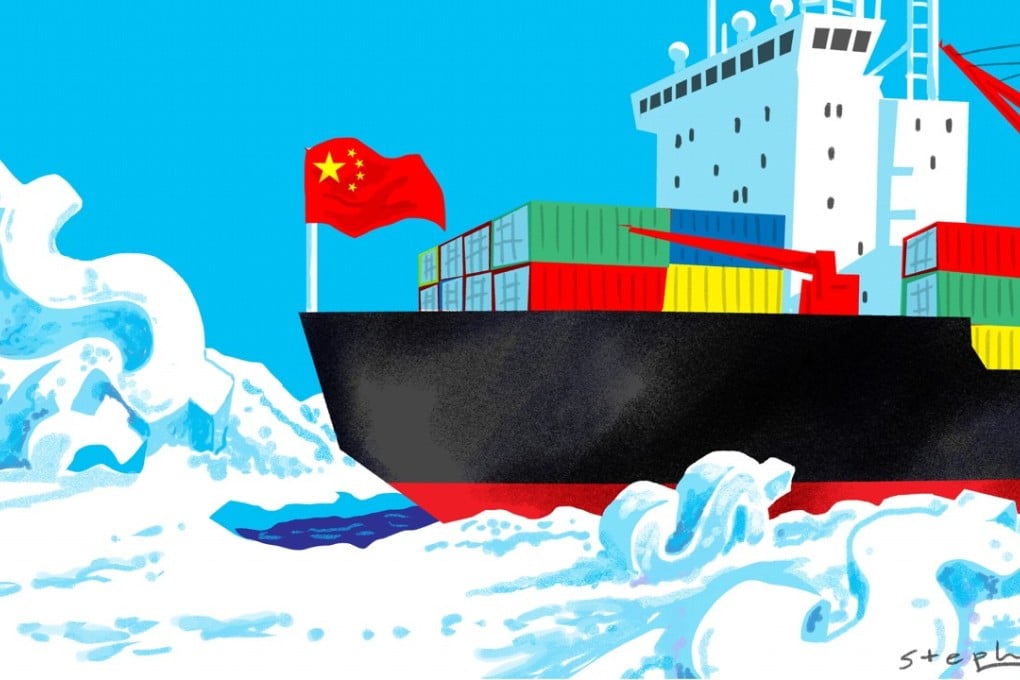Arctic link reveals the full scope of China’s belt and road ambitions
Tristan Kenderdine says the world should take note of China’s vision of integrating an Arctic route for trade with Europe into its massive Belt and Road Initiative - but its ambitions need not be seen as a threat

The Arctic route complements the belt and road strategy perfectly.
The belt and road is actually five “belts” and two “roads”. The belts run through Russia, Mongolia, Georgia, Kyrgyzstan and Turkey, with two maritime terminals in Piraeus, Greece and Djibouti, Africa. All channels feed imports back into China in an attempt to diversify inroads to feed consumption markets. Rail links to Moscow and sea routes through the Malacca Strait are fully capable of carrying the volumes China needs, but Beijing seeks to shift risk away from the Suez Canal, the Malacca Strait and Russia.
It is no secret that China has been planning to utilise the warming Arctic Ocean to improve trade and logistics ties with Europe. After all, in recent years, there has been a wave of interest in this shorter route between northeast Asia and northern Europe. But, interest aside, China’s vision of the “belt, road and ring” was not always clear.
Previously, the belt and road strategy was separated from the country’s Arctic ambitions, which are led by the State Oceanic Administration. Then in July, China published a document that confirms its larger strategy.
